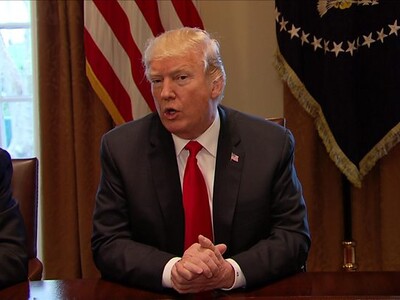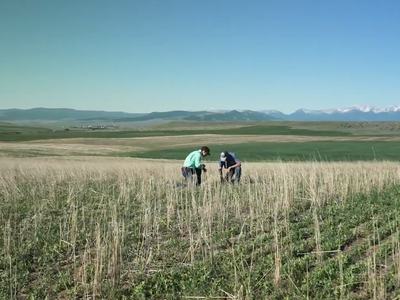Updated Testing Facilities
Dan Salmi, ISDA Laboratory Bureau Chief. “Our old facility, you know we’re talking about 60 years old. We didn’t have any ability to bring any kind of large samples in there. We didn’t have any necropsy facility. The old lab didn’t have any office space, so all the scientists would be sitting basically right next to their work. Which in today’s world that’s not commenting on recently built state-of-the art diagnostic testing facilities a very safe way to conduct science, so now we have more square footage, about 30% more square footage, a much safer environment and everything is just laid out much, much more efficiently,” said Salmi. “We got feedback from all of our scientists, and they were able to just identify their exact needs and how things need to be laid out and we’re all just very excited to about moving in there,” said Salmi.Idaho has nearly 3 million cattle, sheep, goats and horses and demand for testing has increased dramatically in recent years. ISDA says brucellosis sample testing has increased 854% since 2015.
“Not only do we have the additional square footage to increase our testing capacity in the animal health lab with brucellosis and trichomonas and all those animal diseases,” continued Salmi, “but our dairy lab is also located here so we probably have about 50% more square footage in our dairy lab, which is responsible for testing products around the state and training industry staff and their facilities to make sure that they’re processing everything properly according to FDA guidelines. And then right behind this wall is our plant pathology lab, and they test for any kind of crop disease; viral, fungal, bacterial, whatever… to ensure that Idaho’s crops are safe, safe for import, safe for export; for which we’re seeing a very large demand,” said Salmi.
The facility also has about a half-acre behind the building to add more office or lab space if needed in the future.
“You know animal disease monitoring is something that is very important to not only those of us who make our livelihood in that industry,” said Governor Otter, “but everybody else in the state of Idaho because of the nexus between animal health and human health. Early, efficient and accurate diagnosis is absolutely imperative for both the livestock and for the human health so I couldn’t be prouder. And the support we had from the legislature and the support we had from all the industry folks in agriculture was really critical, and this is really going to paint a bright path for the future of Idaho, for the great things that are taking place in animal agriculture in Idaho,” said Little.













